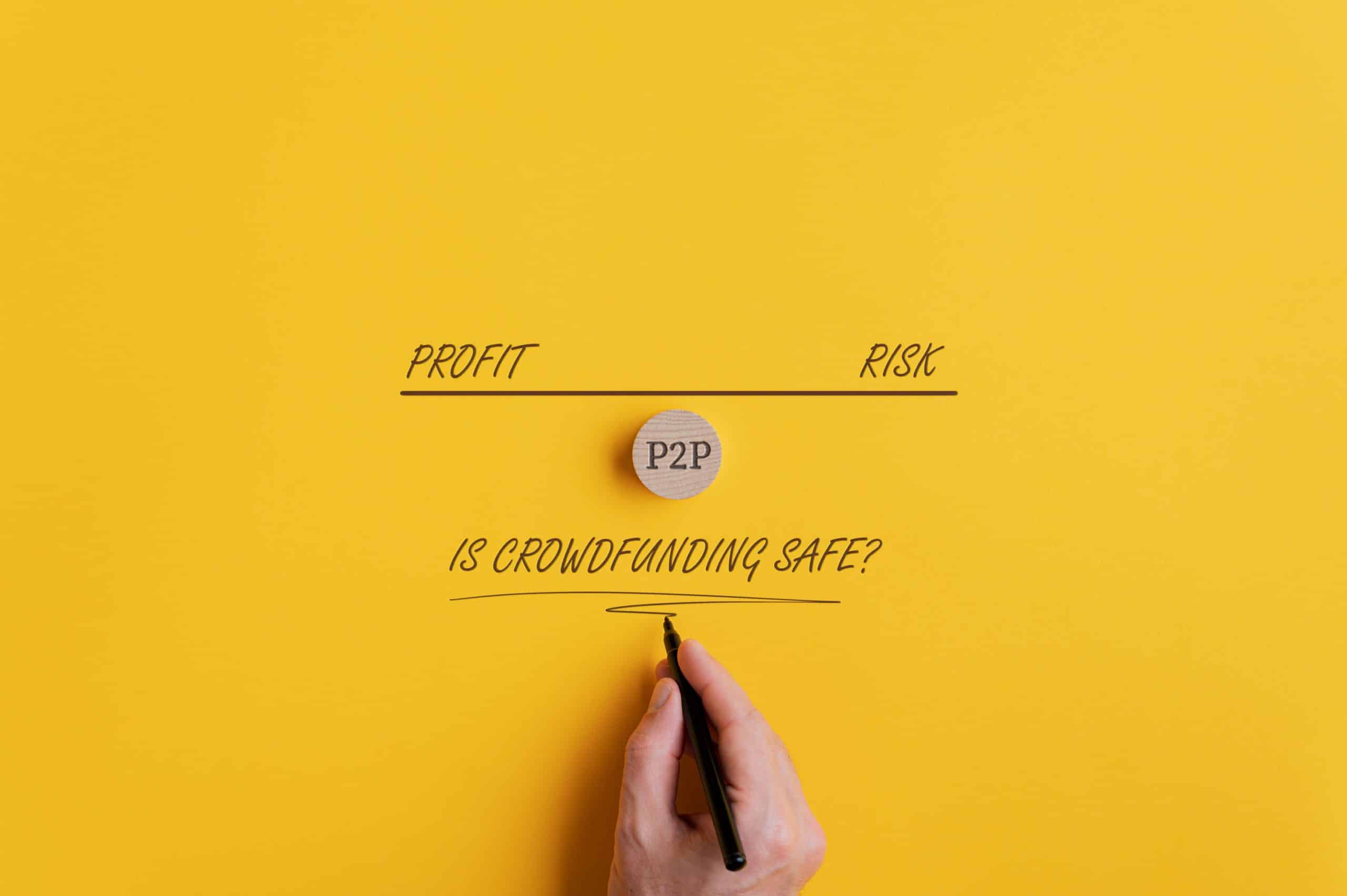How Can UK Independent Filmmakers Finance Their Projects Through Crowdfunding?

For countless independent filmmakers in the UK, finding the necessary funds to bring their creative visions to life can be an uphill battle. Financial constraints often limit the scope of an indie film, forcing filmmakers to make compromises that can impact the quality of their films. Thankfully, there’s a viable solution to this problem: crowdfunding.
Crowdfunding is the practice of sourcing small amounts of funding from a large number of people, typically via the internet. It’s an excellent way for filmmakers to raise money for their projects without the need for traditional investors. By leveraging the power of crowdfunding platforms, indie filmmakers can turn to the general public for financial support, making it a democratic and highly accessible form of film financing.
Avez-vous vu cela : What Are the Effective Techniques for UK Catering Businesses to Manage Large Scale Events?
Understanding the Crowdfunding Landscape
Before diving into a crowdfunding campaign, it’s vital to understand the landscape and how it functions. Crowdfunding offers a unique approach to raising funds, providing a platform where filmmakers can share their project with a wide audience and garner financial backing. It gives individuals the chance to contribute, however small the amount, to projects they believe in.
There are various crowdfunding platforms available, but the most popular ones include Kickstarter, Indiegogo, and GoFundMe. These platforms host thousands of campaigns, ranging from tech startups to art projects, including films. They have proven to be effective tools for both fundraising and promotion.
A lire aussi : Top seo agencies in new york to elevate your website rankings
On these platforms, filmmakers share their project, outlining the production plan, budget, and the vision behind the film. Potential backers can browse through these campaigns and choose to invest in the ones they find compelling. In return, backers usually receive rewards related to the film, such as merchandise, tickets to a premiere, or even a producer credit.
Crafting a Successful Crowdfunding Campaign
The success of a crowdfunding campaign largely depends on the approach taken by the filmmakers. A well-crafted campaign can generate significant interest and funding, while a poorly executed one can fall flat.
To craft a successful crowdfunding campaign, filmmakers must effectively communicate their vision to potential backers. This often involves creating a compelling promotional video that showcases the project and the people behind it. This video gives backers a sneak peek into the project, helping them connect with the story and the filmmakers.
In addition to the promotional video, the campaign should also include detailed information about the film, such as the script, casting details, director’s statement, and production timeline. Offering clear, concise, and engaging information about the project will help attract investors and convince them to fund the project.
The Role of Social Media in Crowdfunding
In the digital age, social media plays a crucial role in the success of a crowdfunding campaign. Platforms like Facebook, Instagram, and Twitter allow filmmakers to reach a wider audience and maintain regular communication with their backers.
By creating engaging content and sharing regular updates about the project, filmmakers can build a community of supportive followers who are invested in the film’s success. Social media also allows filmmakers to share their campaign with relevant groups and communities, further increasing their visibility and chances of reaching their funding goal.
The Benefits and Challenges of Crowdfunding
While crowdfunding can offer an effective solution for financing indie films, it also comes with its own set of challenges. One of the biggest challenges is reaching the funding goal. If a campaign doesn’t reach its target, the money is usually returned to the backers, leaving the filmmakers without any funds. This can be a major setback for the project.
However, the benefits of crowdfunding often outweigh the challenges. Besides providing a platform for fundraising, crowdfunding also helps in building an audience for the film. It increases the visibility of the project, creating a buzz that can be beneficial in the later stages of film distribution and marketing.
In conclusion, crowdfunding offers indie filmmakers in the UK a viable option to finance their projects. It empowers them to bring their creative vision to fruition without compromising due to budget constraints. With the right approach and effective use of digital tools, filmmakers can harness the power of the crowd to bring their films to life.
Exploring Other Funding Options: Tax Incentives and Gap Financing
While crowdfunding is an excellent way to garner support and raise funds, it’s equally important for indie filmmakers to consider other funding options to ensure a steady flow of cash during the production process. One such viable option is utilising tax incentives offered by the UK government.
The UK film industry is supported by a range of tax incentives aimed at encouraging production within the country. For instance, the British Film Institute provides a Film Tax Relief (FTR) for qualifying productions. This incentive allows filmmakers to claim a cash rebate of up to 25% on their UK qualifying production expenditure.
Gap financing is another viable option for indie filmmakers. This form of financing is typically used to bridge the gap between the funds that have already been raised and the total budget of the film. It is a short-term loan, which is usually secured against the film’s future sales revenue or distribution rights.
However, it’s worth noting that while these options can provide valuable financial aid, they also come with their own set of challenges and requirements. Therefore, filmmakers must carefully assess their projects and needs before opting for these funding alternatives.
Additional Resources: Film Grants and Product Placement
On top of crowdfunding, tax incentives, and gap financing, there are additional resources, such as film grants and product placement, that can also contribute significantly to a film’s budget.
Film grants offer another potential avenue for indie filmmakers to secure funding for their projects. Several organisations and foundations in the UK offer grants for independent film projects. These grants are usually competitive and require submitting a detailed proposal. However, if successful, they can provide a significant boost to a film’s budget without the need to repay the funds.
Product placement is another creative way to supplement a film’s funding. By featuring brands or products in the film, filmmakers can receive financial support from companies. This not only aids in funding the film, but also provides the film with a sense of realism, and can even impact the plot or the film’s aesthetic.
In conclusion, film financing is a multifaceted process, and crowdfunding is one of the many ways through which independent filmmakers can fund their projects. While it comes with its own set of challenges, the benefits of a successful crowdfunding campaign extend beyond mere financial support, helping filmmakers to build a community of supporters and generate buzz around their film. With the right combination of funding methods, indie filmmakers in the UK can bring their visions to life in a way that aligns with their creative goals. Furthermore, with the continuous advancements in digital platforms and the further growth of the crowdfunding landscape, filmmakers have more options and accessibility than ever before to fund their projects.
